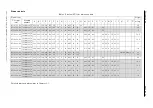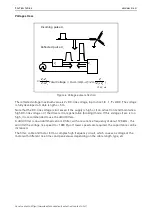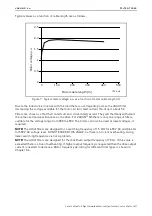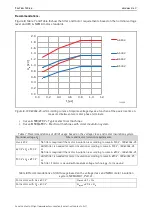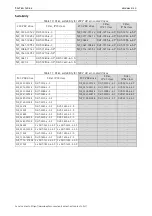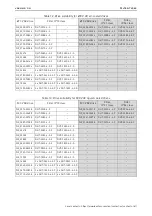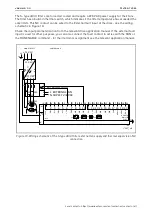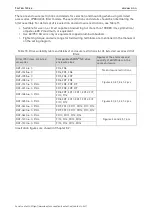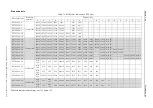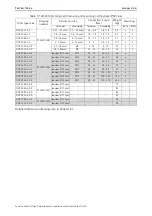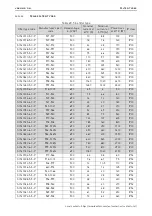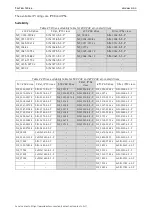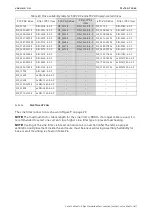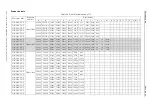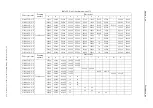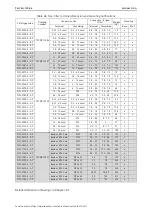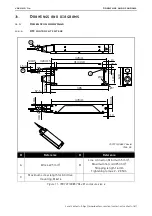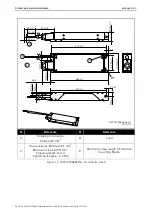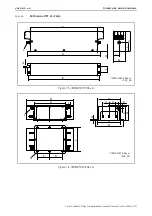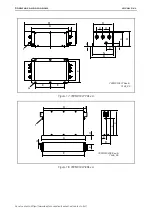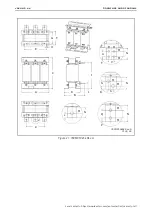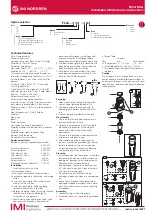
Filter types
vacon • 27
Local contacts: https://www.danfoss.com/en/contact-us/contacts-list/
2.3
Sine filters
2.3.1
General
If the motor cannot withstand any additional voltage stresses, or the dU/dt filter does not decrease
them sufficiently, a sine filter can be used. The sine filter is also an LC filter, but with resonance
frequency < 50% of the switching frequency, i.e. about 600 Hz for the 690 V drives and about 1.2 kHz
for the 500 V drives. Hence there are two different ranges. The filter removes the carrier frequency,
leaving only the output frequency and thus eliminating all voltage stress on the motor.
At full load the voltage drop is about 30 V - a significant part of the available voltage. This has to be
taken into account when the motor sizing is done. The voltage drop can be partly compensated by
decreasing the field weakening point level; feeding the motor the correct voltage up to this point, but
the motor will not receive full voltage at nominal speed. The voltage drop can also be compensated
by using an active front end drive, increasing the DC-link voltage.
NOTE!
The sine filters are designed for a switching frequency of 1.5 kHz for 690 V AC and 3.6 kHz for
500 V AC, which corresponds to the nominal switching frequency of VACON
®
NX drives. It is safe to
increase the switching frequency, but IT IS NOT ALLOWED TO DECREASE THIS VALUE below
nominal, as there is a risk of overheating.
The VACON
®
NX drive has a switching frequency foldback feature on overtemperature for the drive.
This has to be disabled for 500 V drives when sine filters are used. See the drive application manual.
NOTE!
The sine filters are designed for a maximum output frequency of 70 Hz. If this value is
exceeded there is a risk of overheating. If higher output frequency is requested, the drive output
current must be decreased. De-rating for motor frequency for different filter types is shown in
Chapter 3.4.
The filters are designed in such a way, that their nominal current is higher than the nominal current
of the drive. The filters are thermally designed for the same overload cycle as the drives.

